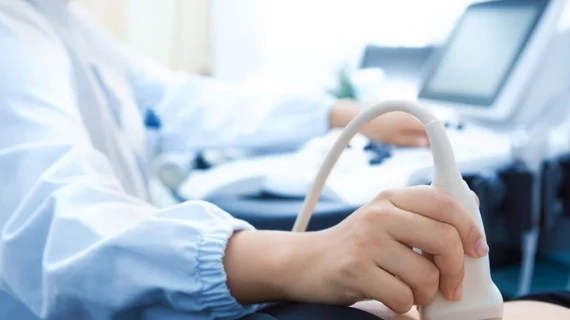Radiologists must assume leading role in ultrasound governance, training, medical societies urge
Radiologists must take a leading role in ultrasound training and governance, one prominent medical society urged on Monday.
The specialty should also work to ensure that hygienic measures are in place to prevent contamination and that images are properly documented in PACS systems, the European Society of Radiology advised. The recommendations are part of a new position statement out of the group’s Ultrasound Subcommittee, alongside two other US-focused organizations.
They noted that in 2020, the modality is extensively used by many other disciplines including cardiology, obstetrics and gynecology. Radiologists’ role has diminished in the deployment of these exams. But experts believe imaging physicians should remain at the helm of the ship going forward, they wrote in Insights into Imaging.
“Ultrasound is pivotal in diagnostic practice, often representing the initial imaging examination of patients,” ESR, the European Union of Medical Specialists Section of Radiology, and the European Federation of Societies for Ultrasound in Medicine and Biology wrote Nov. 9. “In this current era where radiology is anxious to enhance the ‘visibility’ of the specialty to the general public, the opportunity for direct radiologist contact with patients during ultrasound examinations emphasizes radiology as a clinical discipline, and demonstrates that it is the radiologist, not the machine, that makes the diagnosis.”
As part of this push, ESR et al. argued that radiologists should serve an integral role in forming ultrasound curriculum. They suggested offering such learnings through a “consecutive model” that starts with basic courses covering physical-technical knowledge and clinical indications. From there, education could build to advanced courses on ultrasound diagnostics and technology.
“As imaging professionals, radiologists have integrated knowledge of different imaging modalities and techniques which positions us well to act as arbiters of good ultrasound practice,” the societies wrote.
ESR and its co-authors also offered guidance on ensuring the proper storage of US images and keeping the technology safe and clean. You can read the full position statement for free here.

